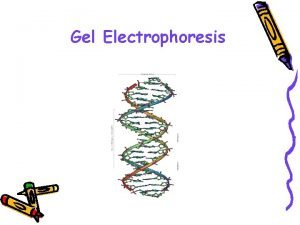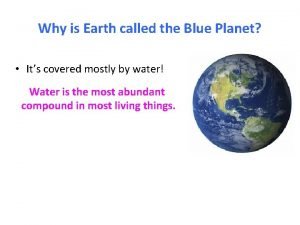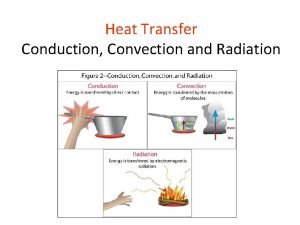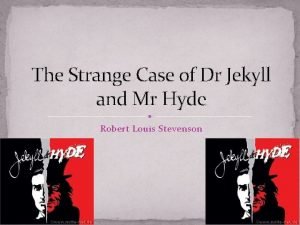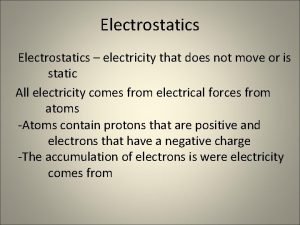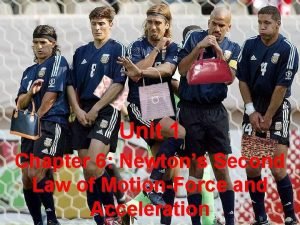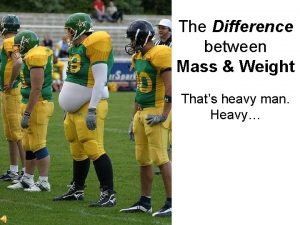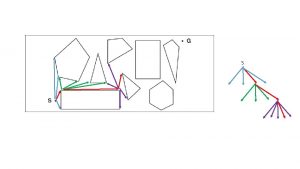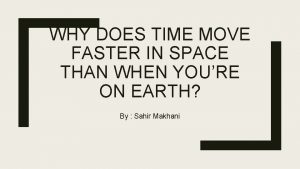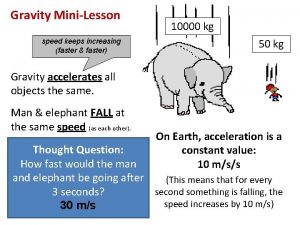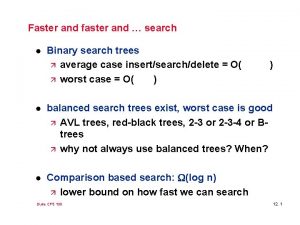DO NOW Does a planet move faster when




























- Slides: 28

DO NOW � Does a planet move faster when it is closer to the Sun or farther away?

WHAT DO WE KNOW ABOUT THE UNIVERSE?

GALAXIES � Galaxies are groups of stars, dust and gases held together by gravity.

GALAXIES � Galaxies are groups of stars, dust and gases held together by gravity. � The types of galaxies are: �Elliptical galaxies: 60% of all galaxies. �Spiral galaxies: 30% of all galaxies. �Irregular galaxies: 10% of all galaxies.

MILKY WAY GALAXY � Our galaxy is called the Milky Way.

MILKY WAY GALAXY � Our galaxy is called the Milky Way. � The Milky Way is a large spiral galaxy whose disk is about 100, 000 light years wide and 10, 000 light years thick at the nucleus.

MILKY WAY GALAXY � Our galaxy is called the Milky Way. � The Milky Way is a large spiral galaxy whose disk is about 100, 000 light years wide and 10, 000 light years thick at the nucleus. � We are located on the outer fringes of the Milky Way, in one of the spiral arms.

THE MILKY WAY GALAXY

GALAXY CLUSTERS � Galaxy clusters are groups of galaxies that seem to travel in proximity to each other.

GALAXY CLUSTERS � Galaxy clusters are groups of galaxies that seem to travel in proximity to each other. � There may be thousands of galaxies in one cluster.

GALAXY CLUSTERS � Galaxy clusters are groups of galaxies that seem to travel in proximity to each other. � There may be thousands of galaxies in one cluster. � Our cluster, called the Local Group, contains 28 galaxies.

GALAXIES Elliptical Galaxy Spiral Galaxies Irregular Galaxy

HUBBLE’S LAW � Edwin Hubble made an important discovery in 1929.

HUBBLE’S LAW � Edwin Hubble made an important discovery in 1929. � He saw that most galaxies have a Doppler shift towards the red.

HUBBLE’S LAW � Edwin Hubble made an important discovery in 1929. � He saw that most galaxies have a Doppler shift towards the red. � This means that these galaxies are moving away from us…or the universe is expanding.

HUBBLE’S LAW Edwin Hubble made an important discovery in 1929. � He saw that most galaxies have a Doppler shift towards the red. � This means that these galaxies are moving away from us…or the universe is expanding. � This is Hubble’s Law: The red shifts of distant galaxies indicate that the universe is expanding. �

BIG BANG THEORY � This theory states that at one time, the entire universe was confined to a dense, hot, supermassive ball.

BIG BANG THEORY � This theory states that at one time, the entire universe was confined to a dense, hot, supermassive ball. � Then, about 13. 7 billion years ago, a violent explosion occurred, hurling this material in all directions.


EVIDENCE FOR THE BIG BANG 1. If an explosion did occur, radiation energy would be expanding along with matter.

EVIDENCE FOR THE BIG BANG 1. If an explosion did occur, radiation energy would be expanding along with matter. 2. Long-wavelength radiation (microwaves) has been recorded coming from all directions.

EVIDENCE FOR THE BIG BANG 1. If an explosion did occur, radiation energy would be expanding along with matter. 2. Long-wavelength radiation (microwaves) has been recorded coming from all directions. 3. The Spectrum of radiation emitted by stars is another proof of the Big Bang.

EVIDENCE FOR THE BIG BANG 4. The electromagnetic spectrum (ESRT p. 14) shows various types of waves emitted by stars.

EVIDENCE FOR THE BIG BANG 4. The electromagnetic spectrum (ESRT p. 14) shows various types of waves emitted by stars. 5. Each element emits energy in specific portions (wavelengths) within the EM spectrum.

EVIDENCE FOR THE BIG BANG 4. The electromagnetic spectrum (ESRT p. 14) shows various types of waves emitted by stars. 5. Each element emits energy in specific portions (wavelengths) within the EM spectrum. 6. The human eye can observe only a small portion of this EM energy.

EVIDENCE FOR THE BIG BANG 7. The portion of EM energy humans can observe is called VISIBLE light.

EVIDENCE FOR THE BIG BANG 7. The portion of EM energy humans can observe is called VISIBLE light. 8. Every star emits own spectrum of EM energy. As a result, the elements that make up stars can be determined.

EVIDENCE FOR THE BIG BANG 7. The portion of EM energy humans can observe is called VISIBLE light. 8. Every star emits own spectrum of EM energy. As a result, the elements that make up stars can be determined. 9. The wavelengths of known elements found on Earth are compared with the wavelengths of star emissions and by comparison the elements that make up stars can be determined.
 Why dna is negatively charged
Why dna is negatively charged Why the earth is called blue planet
Why the earth is called blue planet Lateral thinking brain teasers
Lateral thinking brain teasers Melting different types of chocolate experiment
Melting different types of chocolate experiment Now i see it now you don't
Now i see it now you don't Water movement in xylem
Water movement in xylem How does a helicopter move forward
How does a helicopter move forward How does energy move through the biosphere
How does energy move through the biosphere How does heat move
How does heat move Sunlight melts a wax crayon left outside.
Sunlight melts a wax crayon left outside. Radiation heat transfer
Radiation heat transfer Local and global winds
Local and global winds Lambda electrolysis
Lambda electrolysis How do helicopters move forward
How do helicopters move forward Does the sun and moon move
Does the sun and moon move How does the horse move in chess
How does the horse move in chess Seven life processes
Seven life processes Edward hyde
Edward hyde How does matter move
How does matter move Do birds eat squirrels
Do birds eat squirrels Vtaide
Vtaide How does it move
How does it move Animal like protists
Animal like protists Volvox eat
Volvox eat F=kqq/d^2
F=kqq/d^2 How does archaebacteria move
How does archaebacteria move How does matter move
How does matter move The reason a 20-kg rock falls no faster than
The reason a 20-kg rock falls no faster than Mass and weight examples
Mass and weight examples
